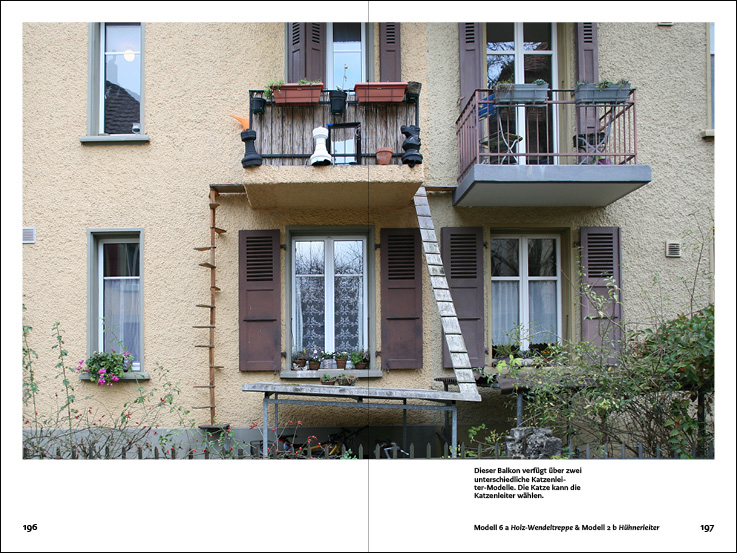Punk rock peer pressure forced Jeff Tweedy, founder of Wilco, to shun Neil Young and other “hippie“musical greats.
Ah, youth…
Were Tweedy, now a seasoned 51-year-old, to deliver a commencement speech, he’d do well to counsel younger musicians to reject such knee jerk rejection, as he does in the above animated interview for Topic magazine.
Not because he’s now one of those grey beards himself, but rather because he’s come to view influence and taste as living organisms, capable of interacting in surprising ways.
That’s not to say the youngsters are obliged to declare an affinity for what they hear when venturing into the past, just as Tweedy doesn’t fake a fondness for much of the new music he checks out on the regular.
Think of this practice as something similar to one millions of childish picky eaters have endured. Eat your vegetables. Just a taste. You can’t say you don’t like them until you’ve actively tasted them. Who knows? You may find one you like. Or perhaps it’ll prove more of a slow burn, becoming an unforeseen ingredient of your maturity.
In other words, better to sample widely from the unending musical buffet available on the Internet than conceive of yourself as a wholly original rock god, sprung fully formed from the head of Zeus, capiche?
The narration suggests that Tweedy’s got some problems with online culture, but he gives props to the digital revolution for its softening effect on the ironclad cultural divide of his 70s and 80s youth.
Was it really all just a marketing scheme?
Unlikely, given the Vietnam War, but there’s no denying that educating ourselves in our passion includes approaching its history with an at-least-partially open mind.
If you want to snap it shut after you’ve had some time to consider, that’s your call, though Tweedy suggests he’s never comfortable writing something off forever.
If nothing else, the stuff he dislikes teaches him more about the stuff he loves—including, presumably, some of his own impressive catalog.
Kudos to director Keith Stack and Augenblick Studios, animator of so many Topic interviews, for matching Tweedy with cartoonist R. Sikoryak, an artist who clearly shares Tweedy’s creative philosophy as evidenced by such works as Terms and Conditions and Masterpiece Comics. Here is another who clearly knows how to make a meal from mixing old and new, traditional and experimental, high and low. One of the bonus joys of this animated life lesson is catching all of Sikoryak’s musical Easter eggs—including a cameo by Nipper, the face of His Master’s Voice.
Related Content:
Kurt Cobain Lists His 50 Favorite Albums: Features LPs by David Bowie, Public Enemy & More
‘Beastie Boys on Being Stupid’: An Animated Interview From 1985
Ayun Halliday is an author, illustrator, theater maker and Chief Primatologist ofthe East Village Inky zine. Join her in New York City June 17 for the next installment of her book-based variety show, Necromancers of the Public Domain. Follow her @AyunHalliday.











